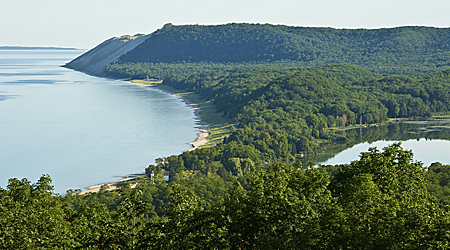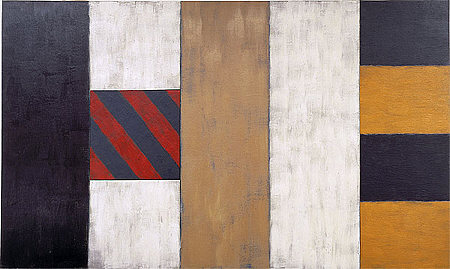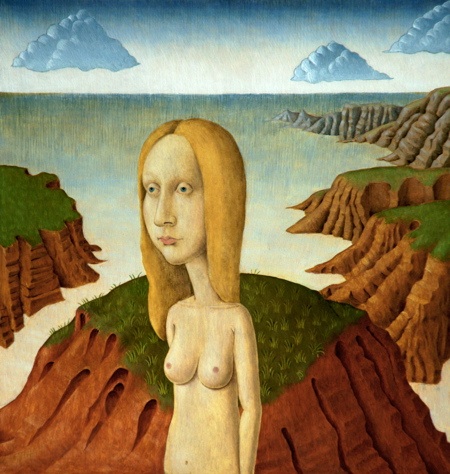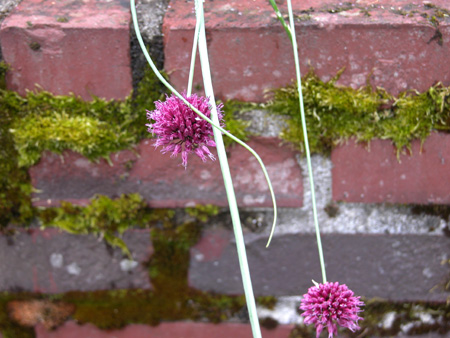What to think about when making art? Last week’s post brought some valuable insights. First, Jay helped to refine the question. “Depends upon where in the project you are,” he wrote. “If you’re making aesthetic and structural decisions, then you will concentrate on the task at hand.” Steve agreed that there are different stages of work, adding that he finds satisfaction “in consciously working out ‘problems'” in making art. more… »
imprinting through percepting

Continuing last Fridays’ musings on perception – wiring and plasticity of the visual system and moments of epiphany – I thought of my affinity (above) and my special moments prompted by coastlines. more… »
Deviations
How many times have you finished working on your art thinking that you have completed it and then come back to it later and completely change the piece? And, I don’t mean touching up or toning highlights or anything – just a complete restructuring (and sometimes destroying) of the original artwork. more… »
Disharmony

Bigland
I first stumbled upon Sean Scully in an Artnet article last year, but only a week ago did I go get some books of his work from the library. This post is about the notion of harmony and Scully’s approach to it, but I want to give a bit of context. Scully’s abstract paintings, drawings, and pastels are all based on a simplified vocabulary of stripes or short bars. This mature style developed by the early 80’s. Each painting has a different structure; the interest is partly in the composition, but more in the colors of each element — which I find lush and restrained at the same time — the and masterful way they are joined and coordinated.
A look back at a painting from ’99

This painting from 1999 is made with oil colors on a chalk ground on a wood panel. There are interesting aspects to this picture that make me want to take another look at it.
I like the mood that the colors and rhythms of the landscape give in contrast to the pale woman.
The rhythms of the grass and the receding landscape, the whites of the clouds, each sets up its own system. The woman in contrast has a simple rhythm of points — her nipples mirror her eyes. She is still and silent, but the landscape seems to reflect the texture of her thoughts and feelings — this is how I see it. The sharp edges and mellow forms are part of this texture.
All the oddness of the painting holds together because of its “internal coherence”, to borrow Arthur‘s expression.
I think that taking a careful look at older work is important because along the way I sometimes loose site of the things I did before, perhaps because I didn’t appreciate them earlier. Have you ever “rediscovered” an older work of your own, finding something in it you never saw before?
What do you think about when making art?
Art can take a lot of time to make. What should one occupy one’s mind with during that time? Does an artist need to think about each brush stroke? Or does the creation of art become intuitive?
If art making becomes intuitive rather than thought-based — and to me that sounds appealing — what should become of word-based thought when one is working? Is it better to think about something else, to distract oneself with music, a book on CD?
This is something I’ve been thinking about while painting. What do you think about?
PERCEPTION AND ART
I’m in a maundering mood, trying to pin down the meaning of a tiny revelation I had the other day.

I was doing my 7 AM walk with my digital camera, getting photos of flowers, shrubbery, moss, walls, the usual panoply of residential flora on the pleasant July streets of Portland Oregon. But suddenly I found myself seeing the foliage and supports, stems and stamens, bricks and buds, as Art.